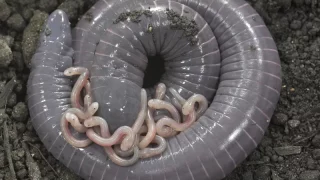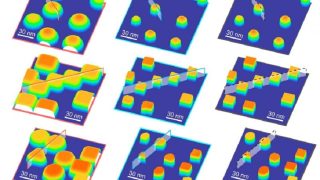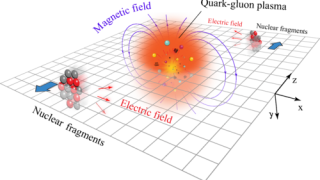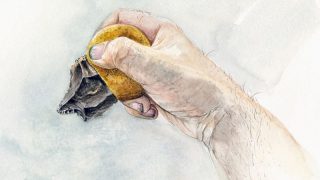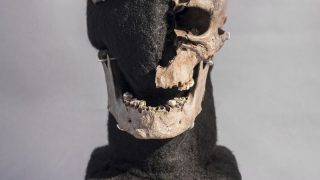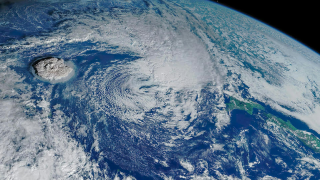
MI weekly selection #551
Europe’s heat waves may start with Arctic melting Meltwater from Arctic ice could be setting off recent hot, dry summers in Europe by changing ocean currents and air circulation. A resulting “cold blob” of water in the North Atlantic Ocean could intensify European winter storms and their westerly winds, creating a barrier of warm ocean […]

